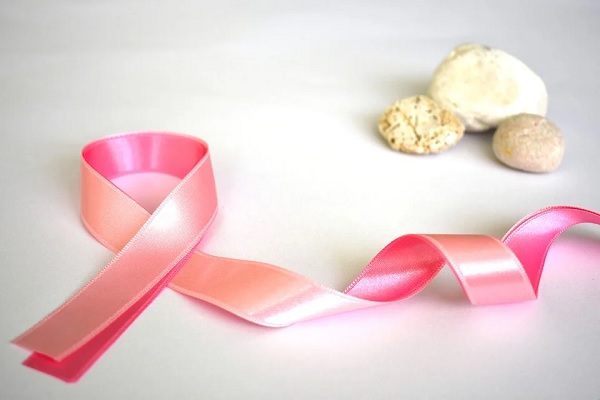
Follow us Now on Telegram ! Get daily 10 - 12 Interesting Updates. Join our Telegram Channel https://t.me/OhWomen
Download Telegram App before Joining the Channel
A team of 11 scientists from the Cleveland Clinic in the US and a researcher from Allahabad University (AU) have found a way in which chemo and radiation therapy will not be required to kill cancer cells.
The work of the team led by Yang Li, Professor of Cancer Biology at the Cleveland Clinic, and assisted by Munish Pandey, Assistant Professor at the Department of Biochemistry, AU, has been published in the prestigious journal 'Oncogene by Nature'.
The research bears significance as the work promises a treatment using which the cancer patients will be saved from the side effects of chemo and radiation therapy.
After its successful experiment on rats, efforts are now being intensified to apply it on the human body.
Pandey said: "The study may give relief to cancer patient who undergoes chemotherapy. Chemotherapy uses radiation and other drugs which has many side effects and evoke immune system that causes severe pain and allergic reaction. The team has earlier developed knockout mice for miR-21 and the same was published in 'Proceedings of the National Academy of Sciences' of the US (PNAS) journal. MicroRNA-21 (small non-coding RNA) is one of the most abundant microRNAs in mammalian cells that regulates apoptosis (programme cell death) and oncogenic effects.
"I have worked along with the American scientists and invented an alternative to chemotherapy and drugs in the treatment of cancer, which damage normal cells along with cancer cells during cancer treatment. This successful experiment was done by a team of 11 scientists in the Cleveland Clinic and Yang Li. Our team while experimenting on mice injected its anti-sense into mice to make miR-21 ineffective."
Following this, it was found that the tumour formed in the body of the rat gradually became smaller and some tumours disappeared completely.
This experiment went on for a year in America. However, it has not yet been used on the human body. Now the effort has been intensified to apply it on the human body, Pandey said.
He added that due to cancer, tumours are formed in the body which are eliminated through chemotherapy and drugs. In this process of treatment along with cancer cells, normal cells are also damaged and has a negative effect on the body.
The group is working on other programmed cell death mechanisms, microRNAs and chemeric antigen T-cell therapy to tackle carcinogenicity in mice model.
Source - IANS